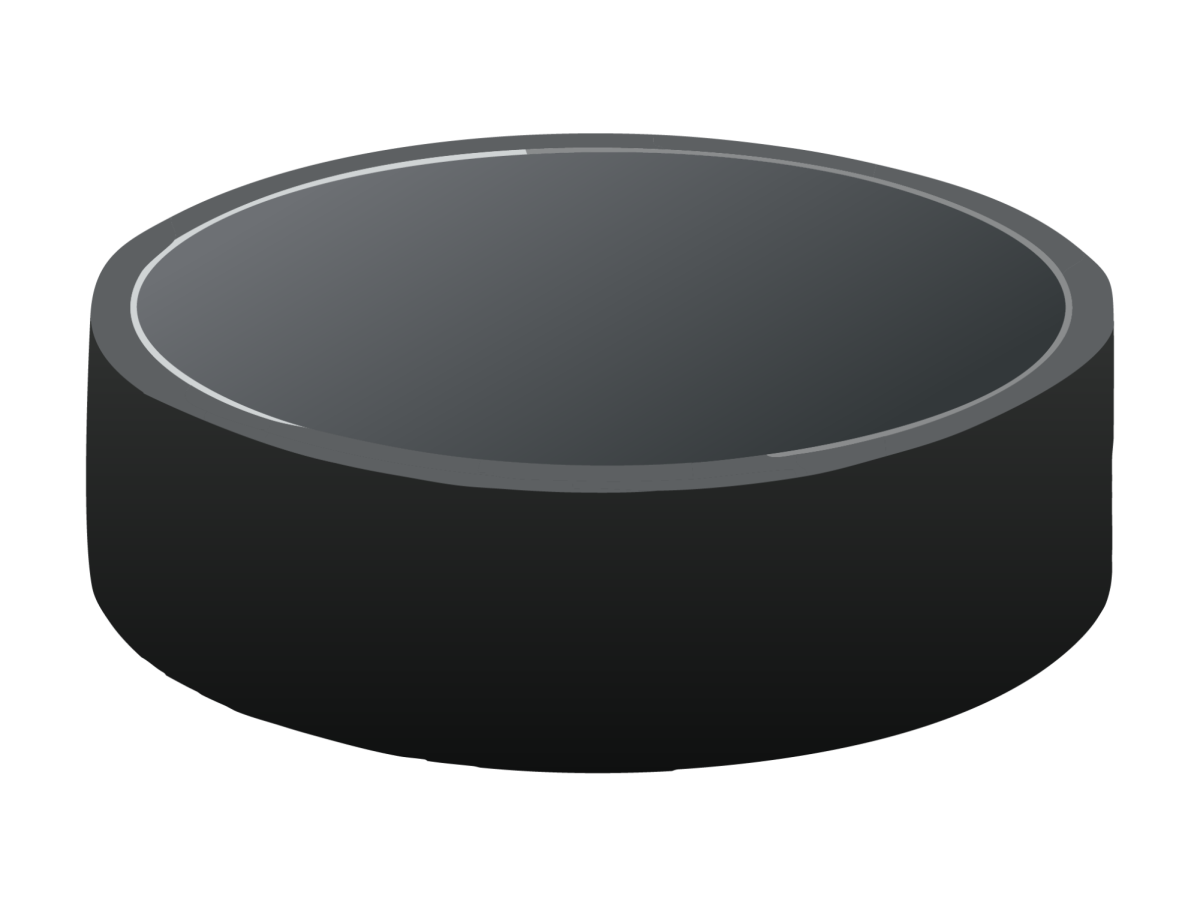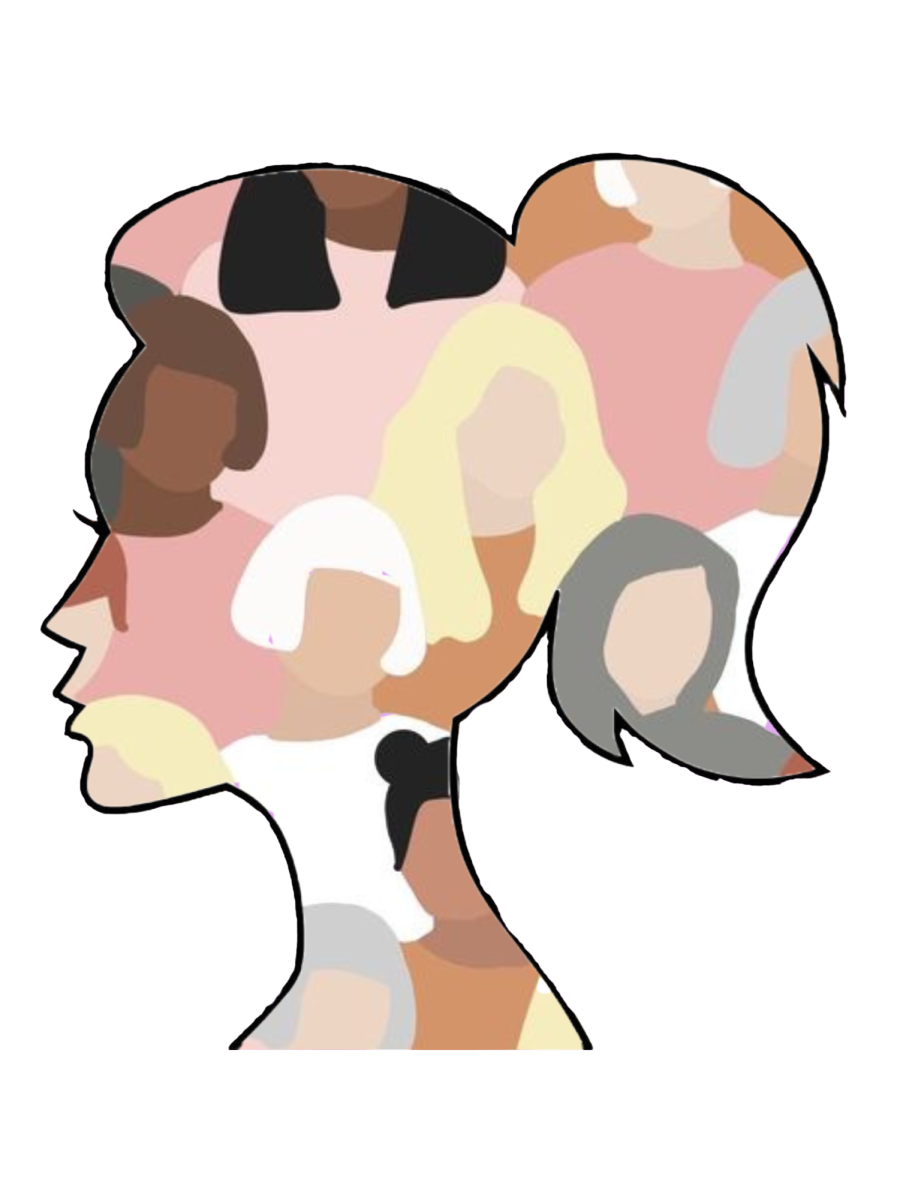Look around any college campus, and it’s hard to miss the glow of phone screens and the quiet swipe of thumbs. For many students, that motion is more than a way to pass a few minutes. It has become a primary way to meet someone new, flirt or build a serious relationship without leaving the dorm or the library.
Dating apps seem almost impossible to escape because they have become part of everyday life for young adults. The Pew Research Center reports that about 30% of adults in the U.S. have used a dating site or app, and around 53% of those under 30-years-old say they have tried online dating at least once.
A national poll by research firm SSRS in 2024 found that 56% of adults ages 18 to 29 have used online dating, highlighting how common swiping has become among this age group.
On a campus like Quinnipiac, the pool of people you see in person can feel small. You run into the same faces in the dining hall, the student center, at sports games and during club meetings. Dating apps expand that circle.
They draw people from other majors, other colleges and nearby towns, all stacked into a feed you can scroll through in bed or during a quiet shift at work. That glimpse of a bigger world on your phone can feel exciting when campus life starts to feel small.
That is part of why online dating works for many people. A 2025 summary of relationship research estimated that between 10% and nearly 50% of couples in the U.S. now meet online. Hearing that kind of success makes it easier to understand why students keep reinstalling dating apps even after awkward dates.
The reasons people use these platforms often overlap. Pew research on online dating motives shows many users say they are looking for a long-term partner, while a similar share mentions casual dating.
Smaller groups say casual sex or making new friends are their main goals. This mix matches how college students talk about their feeds. One person might hope for a future partner, while another just wants a movie buddy or someone for late-night food runs. The same app holds all those possibilities.
Gender also shapes the experience in subtle ways. Pew data shows men are slightly more likely than women to have tried online dating, at 34% compared to 27%. Desert News reports that women face more safety concerns and unwanted behaviors, leading many to use more filters, share locations with friends or meet in public spaces. For men, the bigger issue can be low match rates and quiet messages afterward, which can wear people down over time.
Convenience also drives much of the appeal. College life stacks classes, jobs, practices and club meetings into long days that leave little energy for traditional dating. Approaching someone in person requires confidence and timing. Opening an app takes just seconds, giving users control over when to swipe, respond to messages and how much effort to put in. For busy students, that control can feel more realistic than hoping for a perfect meet-up in the dining hall.
Still, even with new matches and playful chats, the emotional toll can linger. A 2024 Forbes Health and OnePoll survey found that 78% of dating app users felt emotionally drained by online dating at times. Many said the cycle of swiping, matching and facing rejection is exhausting but hard to stop. That mix of hope and burnout is something most students quietly understand.
Recent reports suggest that younger users are starting to question how much energy they want to invest in these platforms. A 2025 Newsweek article quoted a Generation Z dating coach who said swiping often feels transactional, tiring and scripted, prompting some young adults to seek more natural ways to meet people offline.
For many students, the appeal of dating apps comes down to a simple trade-off. Apps offer more potential matches than campus life ever could, with flexible options for serious relationships, casual dates and everything in between.
However, they also bring stress, safety worries and emotional fatigue. The same phone that buzzes with a new match can also deliver silence that feels deafening.
Online dating is not going anywhere. The challenge now is less about whether these apps will last and more about how we choose to use them. Finding balance through swiping, clear boundaries, with occasional breaks, might be the best way to stop the search for something real from turning into total exhaustion.








